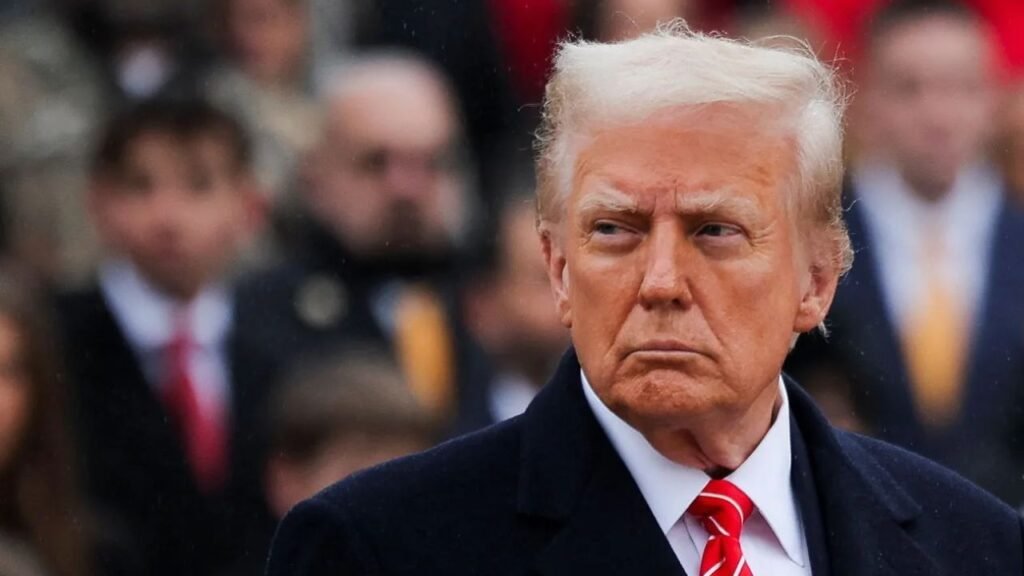Starting in 2025, every child born in the United States will receive a unique financial gift from the federal government a $1,000 deposit into what’s now being called a “Trump Account.” This initiative, introduced under a new tax and spending law, is designed to help families start saving for their child’s future, whether for education, homeownership, or retirement.
What Are Trump Accounts?
Trump Accounts function like starter retirement or investment accounts for children. The government will open an account for every baby born between 2025 and 2028 and deposit $1,000 automatically, provided the child has a Social Security number. The money is not meant for immediate spending but rather to serve as seed money to grow over time and encourage long-term saving habits.
How the Program Works
Parents and family members can contribute up to $5,000 annually to the account until the child turns 18, while employers can add up to $2,500 of that yearly limit. State programs, local governments, and even charitable organizations can also make contributions. However, contributions beyond the initial $1,000 will only begin after July 2026, as the system is still being set up.
To claim the account, parents will likely need to check a box on their tax forms, confirming the child’s eligibility. By default, funds in the account will be invested in low-cost stock index funds, allowing the money to grow steadily over time.
Accessing the Funds

The account remains locked until the child turns 18. At that point, the funds can be used for important milestones such as education expenses or the purchase of a first home, without facing early withdrawal penalties. If untouched, the account transitions into a traditional Individual Retirement Account (IRA), allowing the child to keep saving until retirement. Withdrawals after age 59½ will be penalty-free, just like any standard retirement account.
Is It Worth Contributing More?
Financial experts are divided on whether parents should add their own savings to these accounts. Some argue that traditional options, such as 529 education savings plans, offer greater flexibility and tax advantages for education-related expenses. Others point out that the Trump Account provides a unique opportunity to build long-term wealth, especially if families take advantage of compounding over decades.
Critics, however, have labeled the program more symbolic than practical, arguing that the U.S. tax code already includes numerous savings vehicles. Despite the debate, most experts agree that taking advantage of the initial $1,000 deposit is a no-brainer.
Encouraging Long-Term Financial Growth
What makes the Trump Account particularly valuable is the early start it provides. By beginning to grow investments from birth, children could see significant returns by the time they reach adulthood or retirement. As financial planners often emphasize, starting early is one of the most effective ways to build wealth over time.
A Step Toward Financial Literacy
Although the initiative will cost the government an estimated $15 billion through 2034, supporters believe it could help create a culture of financial literacy among young Americans. By the time today’s newborns are adults, they will already have an investment account, teaching them the importance of saving, investing, and planning for the future.
Whether viewed as a political move or a genuine financial boost, the Trump Account represents an unprecedented opportunity for a new generation to gain an early head start on building wealth and financial security.

